Travel to Namibia (Sossusvlei and Namib-Naukluft National Park) – Episode 689
categories: africa travelHear about travel to Namibia as the Amateur Traveler talks to Karthik Iyer about his most recent trip to this desert country.
Karthik says, “the region of Namibia that I am keen to talk about today is a place called Sossusvlei. Sossusvlei is essentially a set of marshes that is located in the southern part of the Namib Desert and it’s basically a large salt and clay pan. It’s near where the Namib desert abuts into the Kalahari and it’s one of the many “vlei”s which actually means marsh, along with Deadvlei and Hidden Vlei in the Namib Desert. If you have ever seen the pictures of large massive orange dunes that are standing up against the sky, that’s exactly what Sossusvlei is. The area of this Sossusvlei salt pan is 32,000 square kilometers. That’s a giant sand sea. To say that it is isolated does not even begin to cover it.”
Karthik starts us in the capital city of Windhoek where he recommends you gas up and stock up as supplies will be much harder to come by as you drive out of the city. While you are in Windhoek he recommends a visit to the Independence Memorial Museum to learn about the difficult time period during colonization that the country had. He also recommends a visit to the Christ Church, once called the Church of Peace.
On the way to Sossusvlei and Namib-Naukluft National Park, he recommends a stop at the Naukluft Mountain Zebra Park. Depending on the time of year you may be able to see massive herds of zebras. It is an oasis in the middle of this expansive desert.
At Sesriem, there is a canyon and the entrance to the National Park. Karthik does recommend that you rent a 4-wheel drive vehicle if you are going to do a self-drive experience as he did. They spent some time staying at the Sossusvlei Lodge in Sesriem and some time camping under the stars in the desert. You do need to reserve a campsite or get a room in the lodge well in advance. The peak season is the local summer.
In the park, there are dunes in various sizes and shapes. They are well over 1000 feet tall. You have famous dunes like dune 45 and dune 7 which are by the mile markers of the same number. The sand here is over 5 million years old. They spent much of the time climbing the various sand dunes. They also climbed Big Daddy which is over 1,000 feet tall.
Karthik says that Dead Vlei is “the most beautiful place I have ever seen in the world”. This area has skeletons of dead trees in a hot orange clay pan.
One of the most memorable experiences was taking a hot air balloon ride over the area starting in the pre-dawn hours. From the balloon, they could see all the way to the Skeleton Coast and they watched as a lone oryx ranged over the desert.
Listen to this episode and see if this unique desert experience is the right trip for your next trip.
Kathik wrote:
Essentially, Sossusvlei is in the southern part of the Namib desert, and it’s a salt and clay pan. It’s near where the Namib desert abuts into the Kalahari, and it’s one of the vleis in the region (which means marsh, not valley, as is often misunderstood) along with Deadvlei and Hiddenvlei.
Namibia is one of the most desolate and remote places you’ll ever visit, and the Namib desert is considered the oldest desert in the world. Sossusvlei embodies that. You’ll see some of the world’s tallest dunes (over a thousand feet) with sand that’s 5 million years old, and some of the world’s unique flora and fauna (like the Welwitschia, which is considered a “living fossil”, lots of oryxes and ostriches and black-backed jackals).
Because the region used to have water, you’ll see skeletons of dead camel-thorn trees in the middle of the desert, which is an unnerving and unique sight!
From the dunes, you can see the remnants of the Drakensburg mountains, which lends the landscape a unique texture and it’s been dubbed “moon landscape”.
If you’re lucky, you’ll also encounter some of the native San – many of them still maintain their way of life, and they are considered southern Africa’s only truly indigenous people. The San are considered some of the most genetically diverse communities in the world, which makes them one of the oldest peoples of the world.
We spent a week in Sossuvlei, but it’s a national park so how much time you spend is entirely up to how much you want to explore. I would have loved to make it longer if I had the time:
Day 1: We flew into Windhoek and spent a day there to get prepped. It’s a small city, but there are some landmarks to visit, most notably the Independence Memorial Museum (which was built by North Korea!). The museum showcases the history of Namibian resistance to colonialism and subsequent annexation as part of South Africa, and its eventual independence.
I did not know this, but learned that the genocide of the Herero, Nama, and San people by the German Empire from 1904-08 is considered the first genocide of the 20th century, and was only officially acknowledged by the German government in 2004. It if often argued that this was a precedent for subsequent systematization of the Holocaust.There’s also the Christ Church, which was built by the famous German architect Gottlieb Redecker, in the period when the genocide happened, but with the idea of peace. It’s called the “Church of Peace” in the role that it played in the post independent years and the inscriptions on the church (Glory to God in the highest; Peace on earth; Goodwill towards men). These days, it’s affectionately called the “marriage church” because it’s a very popular destination for weddings from all over the country. Then there’s the Tintenpalast (Namibian parliament), which we didn’t go into but saw from the outside.We stopped at this incredibly large and modern mall in Windhoek to basically stock up before the trip – a lot of water, food, and of course, beer. We also realized that we wouldn’t have any cellphone reception, so downloaded the maps for the trip. We stayed at a nice, boutique hotel for the night which was great.Day 2: From Windhoek, we started our drive to Sossuslvei early morning – the drive itself is technically ~5 hours, but the reality is that the roads and the conditions will take you ~8+ hours (assuming you don’t have a flat – we had one). There is some stunning landscape on the way, and I’d really recommend taking the time to explore the landscape on the way. You’ll see a lot of antelopes, a few giraffes, and a few mountain zebras. And if you are lucky, a cheetah or two. On the way in, we stopped at the Naukluft Mountain Zebra Park, which was great. We didn’t see any zebras, but it was amazing seeing this oasis of greenery that was a contrast against the rest of the desert. It’s an interesting drive, but you should definitely plan on wrapping it up before sunset.One of the biggest reasons we were glad we went to the Zebra Park was because we saw (what looked like) a San (bushmen) family on the move. It was a small group of them, and they were moving through the wilderness. They had a very distinct look and we really wanted to stop and talk to them and take photos, but by the time we made up our mind, we couldn’t find them anymore! We were really amazed at just how stealthily and easily they seemed to move, particularly since we were dying with the AC turned on max and drinking so much water.
You should definitely get a 4×4 because there will be some tough landscape to navigate.
On the way right outside Sossusvlei, we stopped by a place called Solitaire, which really looked straight out of Disney’s Mater’s Tall tales. We spent the night at the Sossusvlei lodge, and we really enjoyed settling in because driving through rock and gravel isn’t easy on your bottom or your back (and we had a busy couple of days ahead).
Day 3: The lodge is right next to Sesriem, which is the entrance to the Namib-Naukluft National Park. There’s an actual paved road, but getting to the dunes requires that you know how to drive in the sand. Highly recommend getting a 4×4 and lowering your tire pressure before heading in. There are also shuttle options, but you don’t get the flexibility of really exploring the park if you take one of those (plus, they may not really be open on days you’re there).The park has very strict opening and closing hours, and unlike other parts of Africa, Namibia is a former German colony and they are a stickler for rules and times.
You can spend a day climbing these dunes, but you’ll need to get started very early. Even in winter, it got incredibly hot on the way to the top. The most popular dune here is Dune 45, which is 170m or 560ft tall but just looks stunning visually. It’s named for its location near (not at) the 45th mile marker. There’s a Dune 7 here, which is different from the Dune 7 in Walvis Bay (near Swakopmund). The sand here is over 5 million years old, which is incredible.
We also camped out the night of Day 3. There are several shaded campsites in the area in Sesriem, with some great facilities (including electricity and water facilities), and when we were there, no more than a few of them were occupied.
Day 4: We drove to Deadvlei, or death marsh, which is basically a gorgeous place clay pan with dead trees that haven’t rotten away because of the lack of humidity. It’s incredible seeing these hundreds of years old skeletons of camel-thorn trees in the middle of the cracked desert pan. Exploring this really does take a full day, and you should plan to leave extremely early mostly because it gets very hot very quickly. The sunrise is simply beautiful and people often climb Big Daddy, which is 1066 feet, and offers some spectacular views. When we climbed Big Daddy, my friend took a backpack with his tripod instead of his water bottle – so we were incredibly stupid and three of us shared a 2 liter water bottle, rationing it on our way to the top. Because we didn’t have the energy to climb down, we decided to take the short cut and “slide down” the side with the most incline. That’s one mistake I’ll never do again – I swear I found sand in my bottom for months to come. We got back to the car, hot, dehydrated, and with chapped lips and burned skin. And we got into our car (after a scare where we thought we’d lost our car keys) and drank the water and bit into the oranges like savages. There was a group of older German tourists nearby on a shuttle who gave us questioning looks. We probably looked like idiots. From there, we really wanted to climb another dune, Big Mama, as well, but the rangers there basically said it would be too dangerous given the time of the day and didn’t let us climb.
When we were there, it was also the first time it had rained in several years (we heard anything from 5-7 years). So, we were fortunate enough to actually see the Namib desert with some water and teeming with insects and other life, which is otherwise not the case. From there, we drove to another vlei, Hiddenvlei, which is less well-known but has the sparsity of the camel-thorn trees only makes it that much more surreal. After climbing straight back to Sossusvlei lodge, without stopping.
Day 5: We woke up early and went for a hot air balloon ride, where you get picked up at 4:30 AM and head to the hot air balloon site, which is about an hour away. You quickly get on a hot air balloon, with the idea of being in the air right before sunrise. Because it had just rained a few days ago, we actually saw a good deal of fog and mist, and as the sun rose, the fog and the mist dissipated and laid bare the desert in front of us.
We saw some incredible sights, and seeing the whole Namib desert from that vantage point gives you an appreciation for the size of it all. It was also interesting seeing the Dunes we had climbed the previous two days from the balloon – a bit of a surreal experience, and put it all in perspective. If you’re lucky, you’ll also see lone Oryxes walking their territory – it was astounding to realize that at sunrise, this oryx had already walked over 20 miles.
We also saw the Welwitschia – a large plant that’s considered a living fossil that’s only found in the Namib desert. And in the far distance, you could see signs of the skeleton coast.
We then landed the hot air balloon in the middle of the desert, and had a full spread of some incredible food. Zebra carpaccio, kudu braai (barbeque), pancakes etc. And our pilots (a French and an English gentlemen) performed sabrage of some terrific champagne that we had in this unbelievably remote, desolate, yet pristine setting. From there, they dropped us straight back to our lodge. On the way back, we stopped by the Sesriem Canyon. The Tsauchab River carved a pretty deep gorge (~100 feet) 3 million years ago, but the bottom of the canyon itself is supposedly 16 million years old.
Day 6: We started our drive back to Windhoek from Sossusvlei lodge. We decided to take a slightly longer route and stop by the Tropic of Capricorn sign, which is two hours from Sossusvlei. And of course, as luck would have it, we had another flat on the way there, and we ran into a couple who were on their way to Sossusvlei and stranded because they were out of gas. Thankfully, we had plenty and we helped them out.
subscribe: rss feed | Apple podcasts
right click here to download (mp3)
right click here to download (iTunes version with pictures)
Show Notes
Namibia
Sossusvlei
Travel to Namibia’s Skeleton Coast – Episode 466
Travel to Namibia – Episode 243
Windhoek
Independence Memorial Museum (Namibia)
Lothar von Trotha
Christ Church, Windhoek
Tintenpalast
Naukluft Mountain Zebra Park
San people
Sesriem
Namib-Naukluft National Park
Sossusvlei Lodge, Sesriem
Scimitar oryx
Hot Air Ballooning In Sossusvlei
Skeleton Coast
Community
Patreon coming!
A Yooper goes to Europe
????? in Apple Podcasts by MitsyUP from United States of America on January 19, 2020
I love this podcast. On my flight to Europe last summer, I listened to the podcasts for the different countries we were going to. It was so fun! I also listened to them on the way home to see what I saw and compare! Great podcast. I’m hoping for an episode on the Circle Tour around Lake Superior. I’m planning to do this in the summer. 🙂
Can’t wait to go to Provence
????? in Apple Podcasts by TwentiesStruggles from United States of America on January 12, 2020
I am planning a trip to Provence for the fall and have read dozens of blogs and listened to many podcasts! Wendy’s insights we very refreshing with truly specific helpful tips! Her enthusiasm and pace was lovely. Thanks Chris! Appreciate the guidance your podcasts offer!
Really Interesting and Useful podcast
????? in Apple Podcasts by Debopalula from United Kingdom on January 5, 2020
Have just started listening to this podcast and I’m so impressed. Lots of really useful information and interesting insights. An indispensable resource for this who love travel ??
Please take our listener survey
Amateur Traveler Trips
Amateur Traveler trip to Turkey in September 2020
- Book Your Accommodation HERE
- Get a universal plug adapter
- Buy Travel Insurance
- Get an eSim to be able to use your smartphone abroad.
- Get a Car Rental
- Search for Great Tours HERE
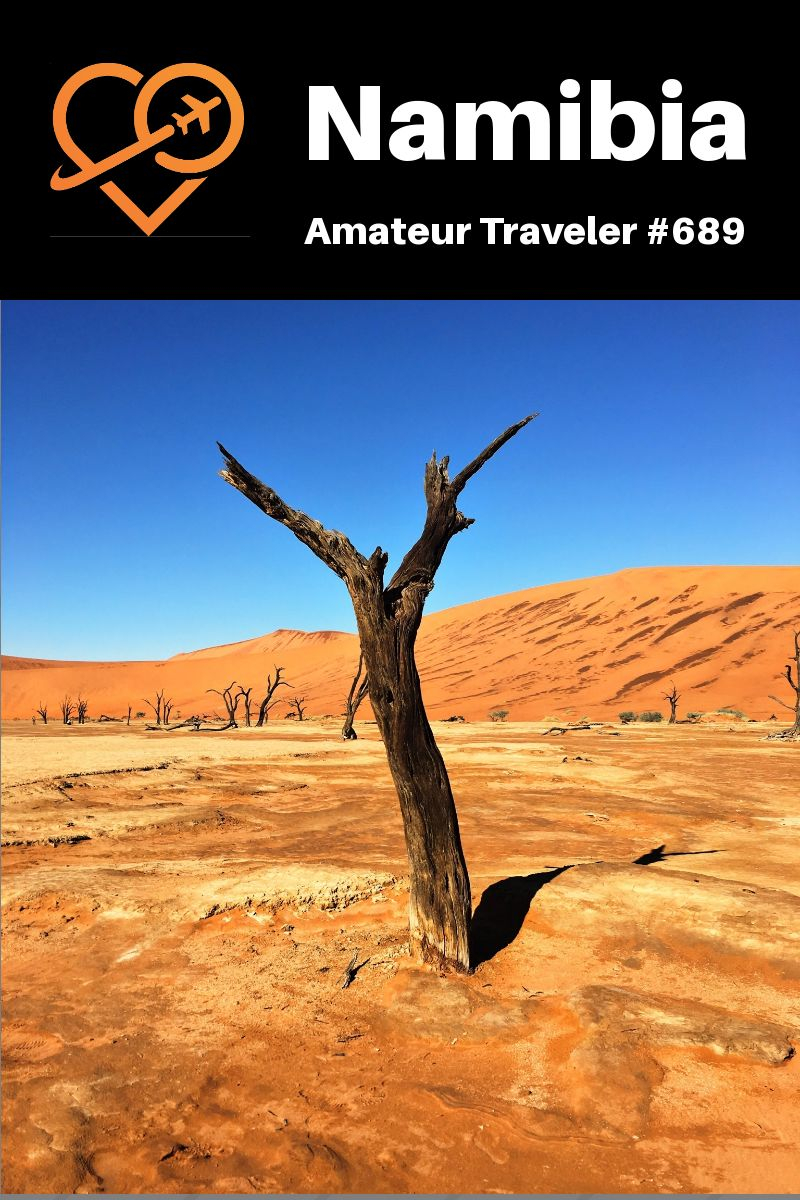
+Chris Christensen | @chris2x | facebook
Leave a Reply
Tags: adventure travel, audio travel podcast, namibia, podcast


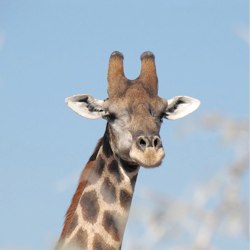 Travel to Namibia – Episode 243
Travel to Namibia – Episode 243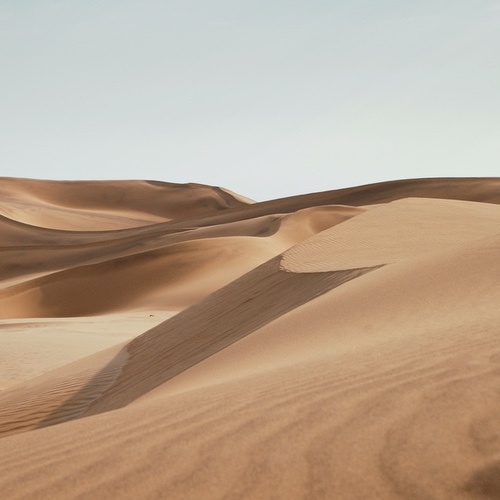 Top Places To Visit In Namibia
Top Places To Visit In Namibia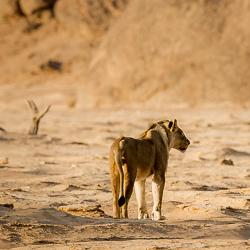 Travel to Namibia’s Skeleton Coast – Episode 466
Travel to Namibia’s Skeleton Coast – Episode 466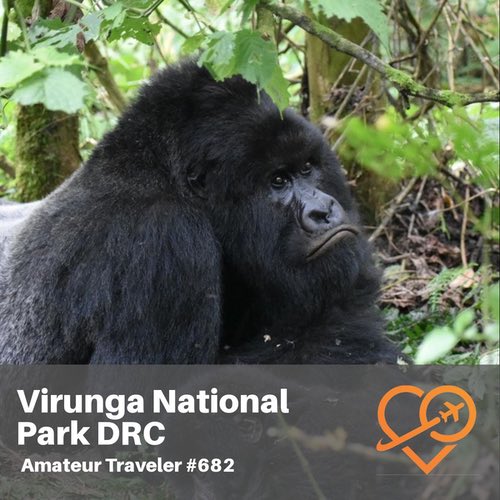 Virunga National Park in the Democratic Republic of the Congo – Episode 682
Virunga National Park in the Democratic Republic of the Congo – Episode 682
